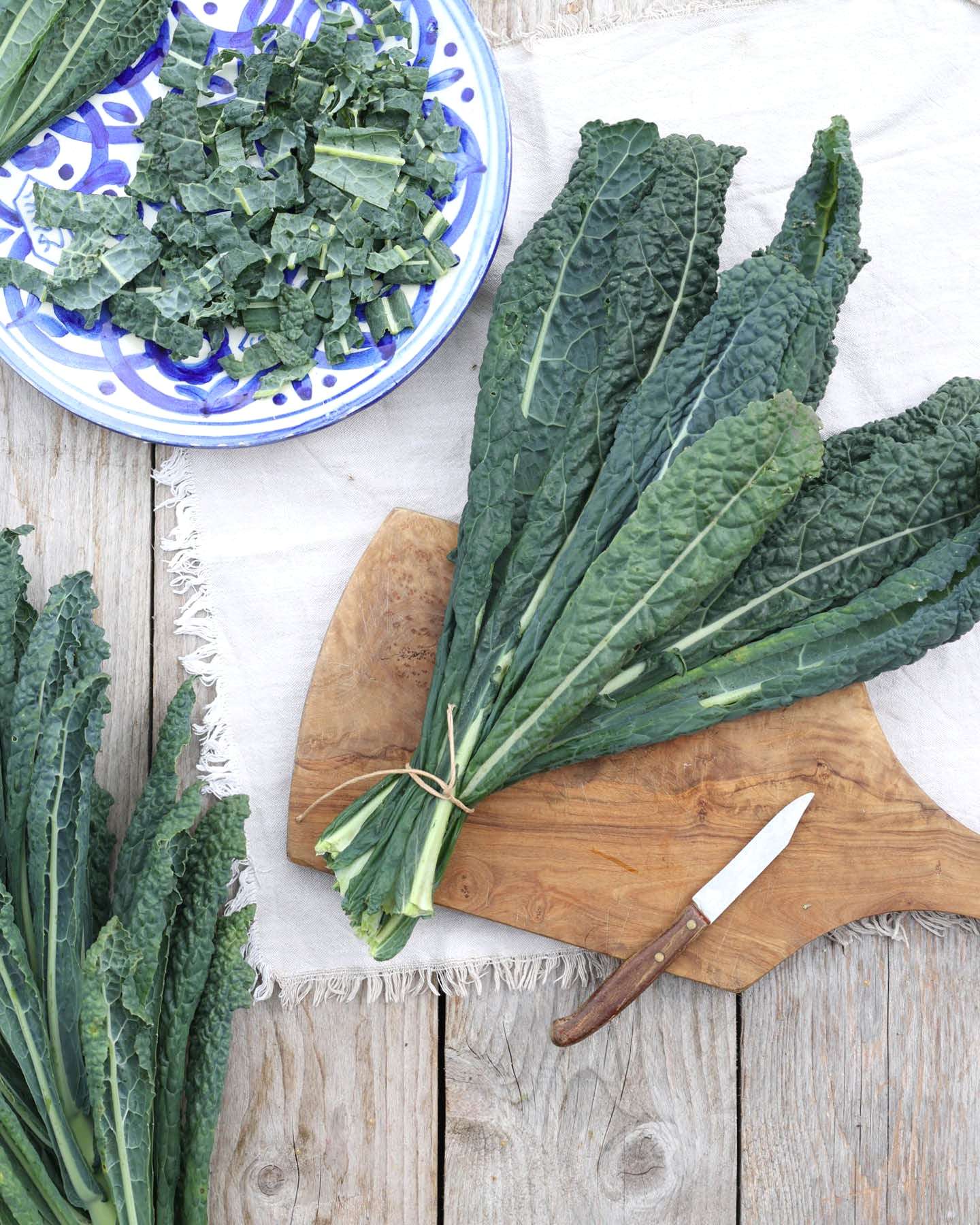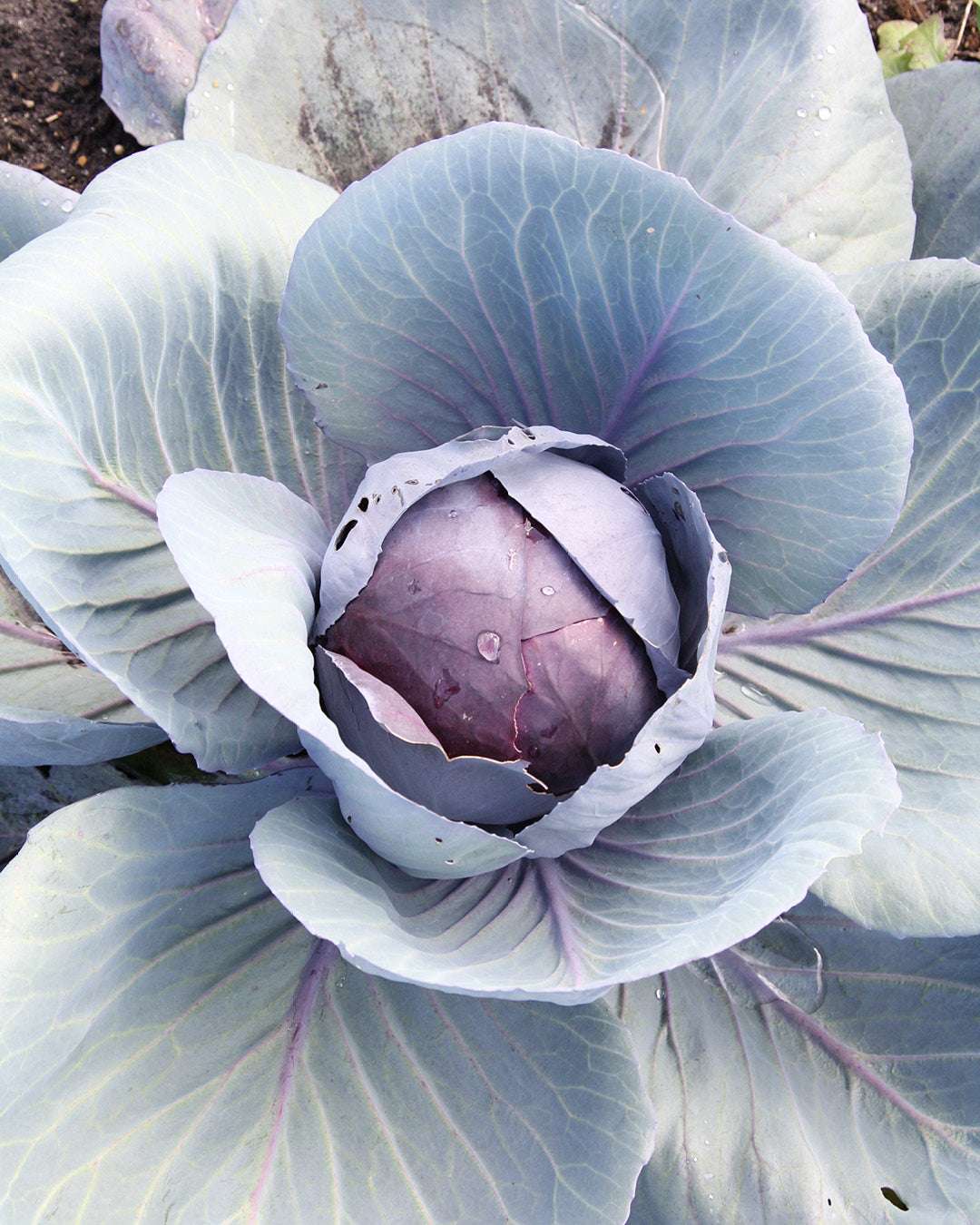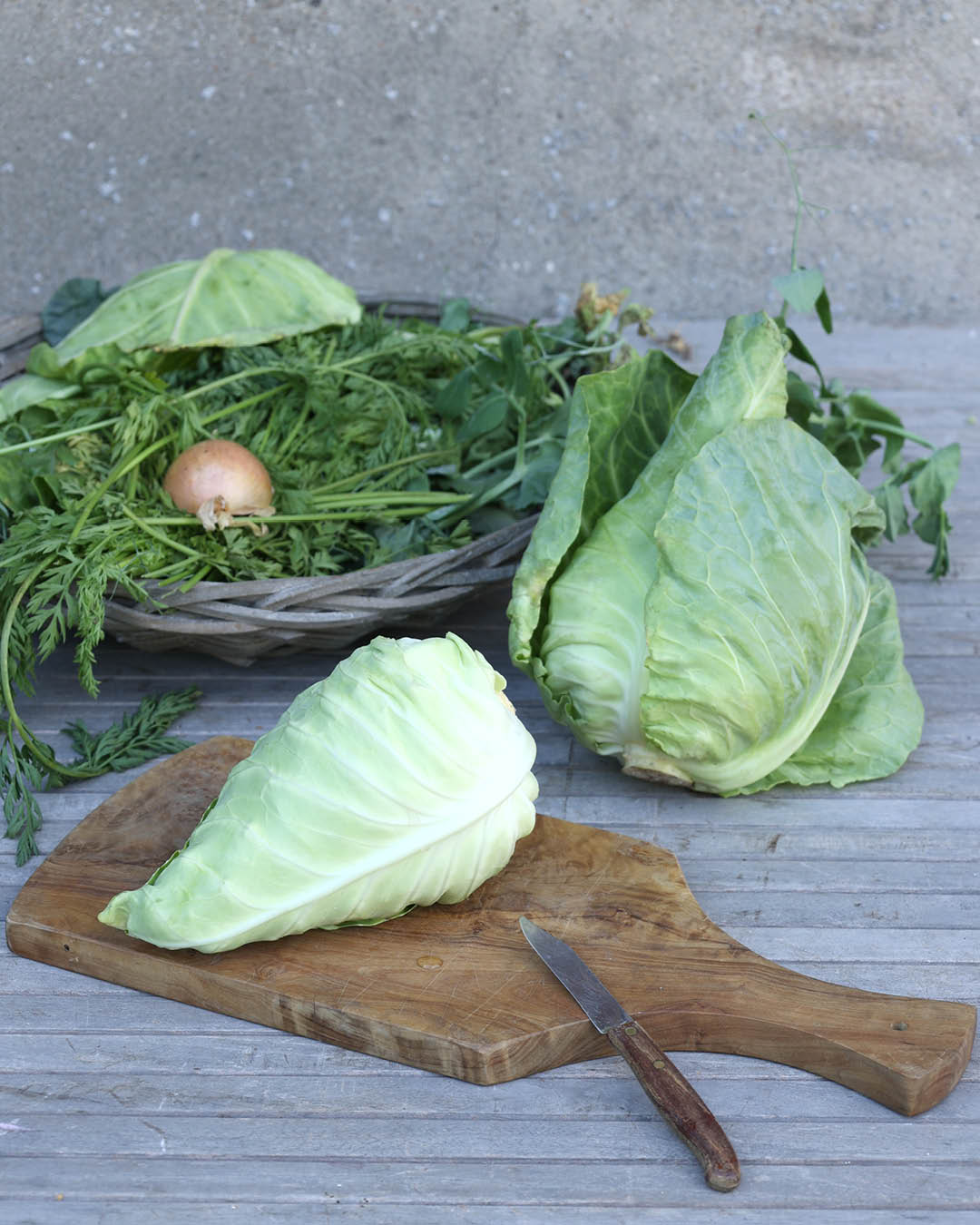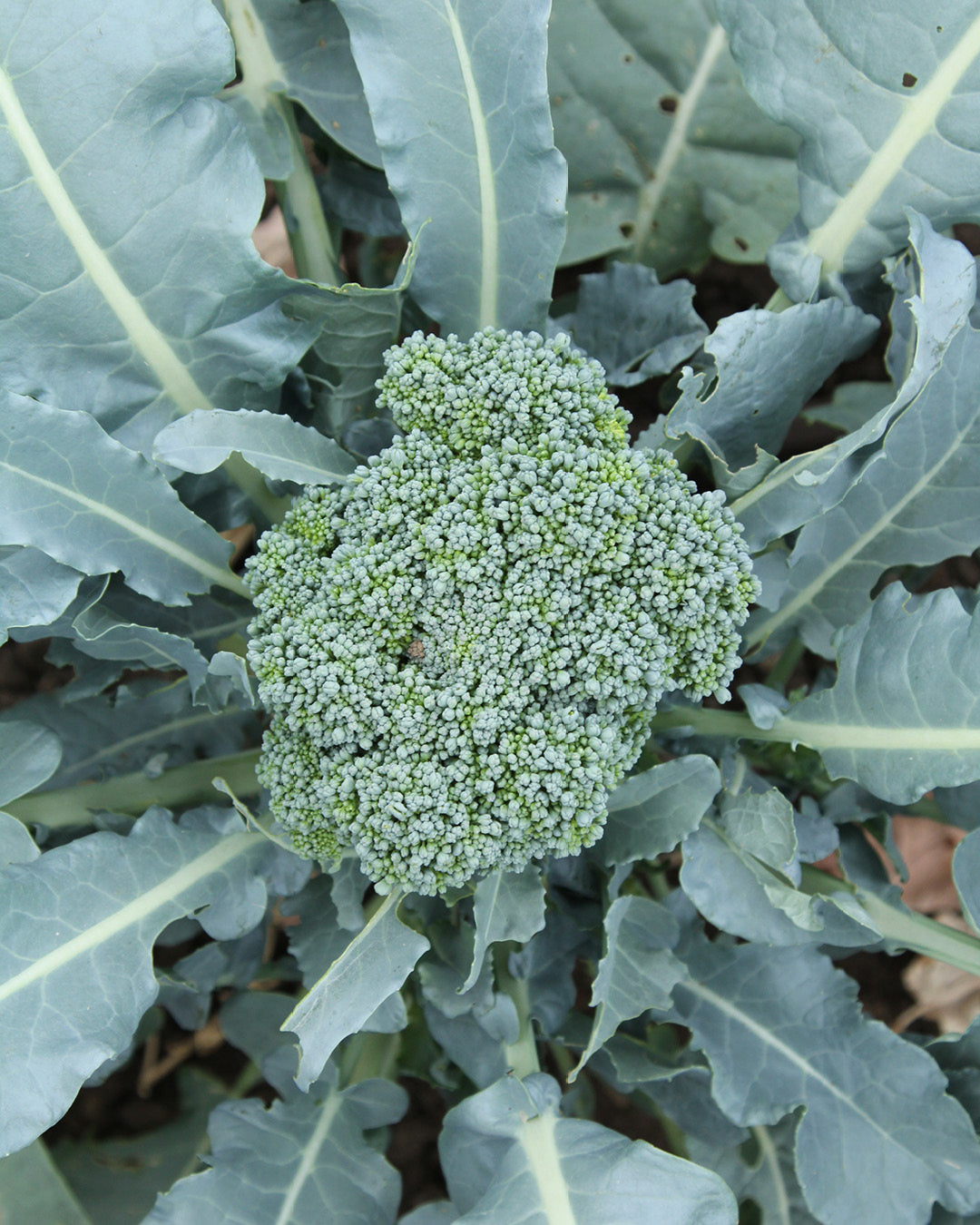Shepherd's purse – the little heart by the wayside
Delicate, inconspicuous, yet remarkably resilient: Shepherd's purse ( Capsella bursa-pastoris ) is a true everyday wonder among wild herbs. You often encounter it without really noticing it – on roadsides, between paving stones, or in nutrient-rich beds. Yet it has a very unique, poetic characteristic: its small, heart-shaped seed heads, which also earned it its charming name.

use
Shepherd's purse was already valued as a medicinal herb in the Middle Ages. It possesses hemostatic properties and was used particularly in gynecology. Its leaves have a flavor reminiscent of cress and are wonderfully used in salads, herb curds, or as a spicy addition to wild herb dishes.
Although many dismiss it as a "weed," shepherd's purse belongs to the cruciferous family, the same plant family as mustard and cabbage. It grows quickly, blooms persistently, and proves robust even in adverse weather conditions.
Anyone who cultivates a natural garden or is committed to wild cooking can welcome shepherd's purse – as a small, heart-shaped gesture from nature.
When the shepherd's purse takes up too much space
As charming as shepherd's purse may be with its small, heart-shaped fruits, it can quickly become a nuisance in vegetable patches or freshly seeded areas. Its ability to germinate almost year-round and bloom quickly makes it an extremely persistent weed.
If you want to contain its spread, you should remove the plant before the seeds ripen – ideally along with its taproot. Since shepherd's purse often self-seeds, it's worth checking regularly and weeding early.
Dense planting with ground-cover crops can also help compete with light-loving weeds for space. Mulching open areas also suppresses the germination of new plants.
Gardening in harmony with nature doesn't necessarily mean letting everything grow—it means consciously deciding what can stay. Shepherd's purse certainly has its qualities—but, as is so often the case, the skill lies in moderation.
Frequently asked questions about Shepherd's Purse
1. Is shepherd's purse really edible?
Yes, shepherd's purse leaves are edible and have a slightly spicy taste, similar to cress. They can be used raw in salads or as a spicy addition to various dishes.
2. How do I recognize shepherd’s purse?
Shepherd's purse is an annual plant with delicate, heart-shaped fruit clusters. The leaves are long and narrow, reminiscent of cress. Particularly characteristic are the small white flowers and the round, heart-shaped fruit pods.
3. How do I control shepherd's purse if it takes up too much space?
To keep shepherd's purse under control, it should be removed before the seeds ripen. Regular weeding and removal of the taproot prevent uncontrolled spread. Dense planting and mulching of open areas are also effective.
4. Can I grow shepherd's purse myself?
Yes, shepherd's purse is easy to care for and grows even in difficult soils. It's well-suited to natural gardens and is a perfect wild herb for "wild cooking." If you want to cultivate it selectively, be aware that it can spread quickly.
















